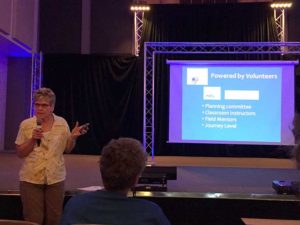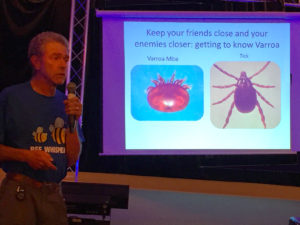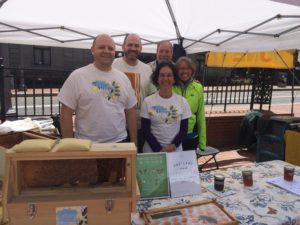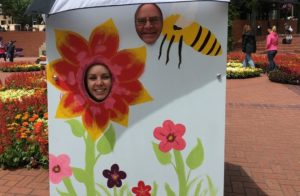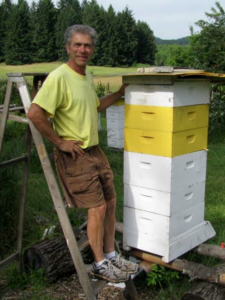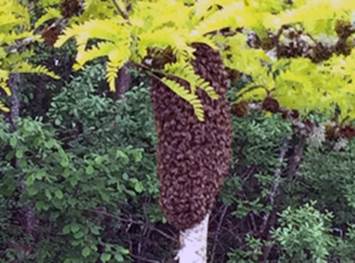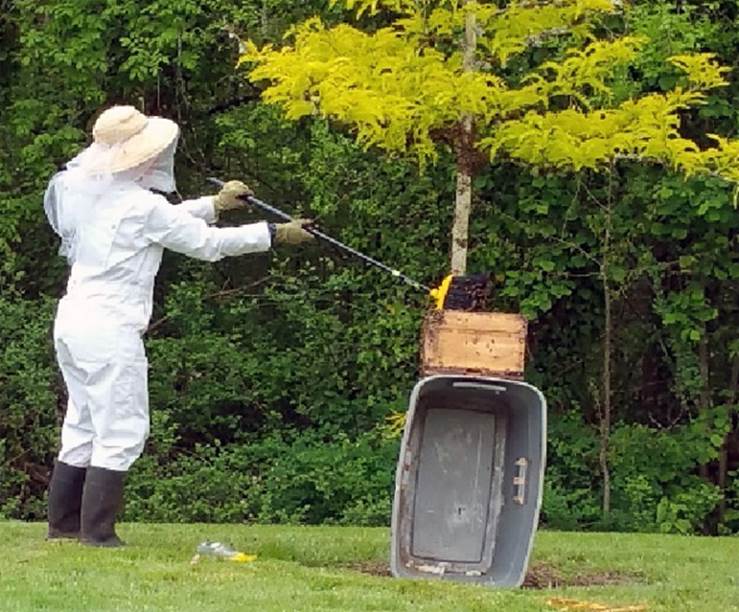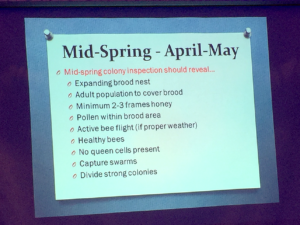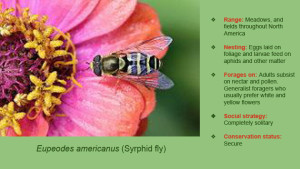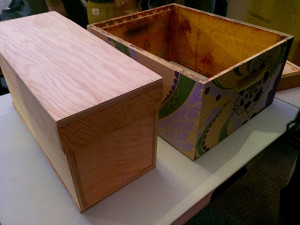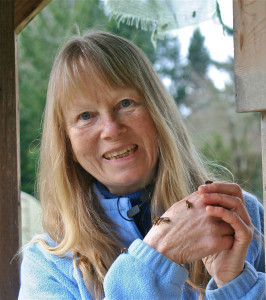In this month’s Beeline we will be recapping our July 6th PUB meeting. Our next meeting is Wednesday, August 3rd at Alberta Abbey from 7-9pm. Hope to see you there!
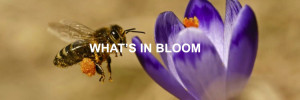 As always, a huge thanks goes out to Glen Andresen for sharing his monthly Pollen & Nectar report. Alas, as the end of blackberry season is upon us, we also see the end of the honey flow. But there are plenty of blooming nectar and pollen plants still out there that are keeping our girls busy through October/November. For example, Scabiosa (also called the pincushion flower) will keep flowing and blooming on through November. For a more detailed report check out Bridgetown Bees for Glen’s monthly “What’s in bloom” report. Also email Glen with any photos and/or suggestions of other good honey bee plants.
As always, a huge thanks goes out to Glen Andresen for sharing his monthly Pollen & Nectar report. Alas, as the end of blackberry season is upon us, we also see the end of the honey flow. But there are plenty of blooming nectar and pollen plants still out there that are keeping our girls busy through October/November. For example, Scabiosa (also called the pincushion flower) will keep flowing and blooming on through November. For a more detailed report check out Bridgetown Bees for Glen’s monthly “What’s in bloom” report. Also email Glen with any photos and/or suggestions of other good honey bee plants.
 We heard once again from Dr. Dewey Caron as he shared this year’s results for the PNW Honey Bee Survey. He also shared best practices for mite control. This is something that all beekeepers must do to keep their hives healthy. His presentation outlined three basic methods for monitoring mites which included the natural mite drop and the popular sugar shake method. Click here to download a PDF and choose a method for your own hives. Again this is an essential step in maintaining your hives to give them the best chance to survive winter.
We heard once again from Dr. Dewey Caron as he shared this year’s results for the PNW Honey Bee Survey. He also shared best practices for mite control. This is something that all beekeepers must do to keep their hives healthy. His presentation outlined three basic methods for monitoring mites which included the natural mite drop and the popular sugar shake method. Click here to download a PDF and choose a method for your own hives. Again this is an essential step in maintaining your hives to give them the best chance to survive winter.
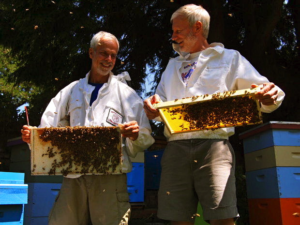 We also heard from Tim Wessels and Glen Andresen, co-owners of Bridgetown Bees. In addition to providing honey and beekeeping equipment at their brick-and-mortar store, the primary mission of Bridgetown Bees is to selectively breed and raise queen bees in the city of Portland that are suitable for year-round survival here and in other cities in the Pacific Northwest. Tim and Glen shared an informative presentation for their queen raising methods. If you have any questions for Tim or Glen on their methods give them a email at contactusbridgetownbees(at)gmail.com.
We also heard from Tim Wessels and Glen Andresen, co-owners of Bridgetown Bees. In addition to providing honey and beekeeping equipment at their brick-and-mortar store, the primary mission of Bridgetown Bees is to selectively breed and raise queen bees in the city of Portland that are suitable for year-round survival here and in other cities in the Pacific Northwest. Tim and Glen shared an informative presentation for their queen raising methods. If you have any questions for Tim or Glen on their methods give them a email at contactusbridgetownbees(at)gmail.com.
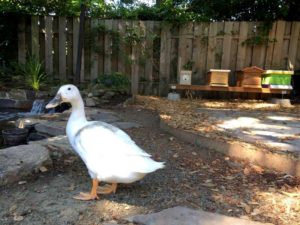 Tour De Hives 2016 was a smash success with our largest turnout yet! Thanks to all the volunteers, hosts and people behind the scenes that made it happen. Check out the Photo Gallery. Also if you haven’t filled out the Tour De Hives survey it would help us make next year’s event even better. It takes only 3 minutes. Thanks!
Tour De Hives 2016 was a smash success with our largest turnout yet! Thanks to all the volunteers, hosts and people behind the scenes that made it happen. Check out the Photo Gallery. Also if you haven’t filled out the Tour De Hives survey it would help us make next year’s event even better. It takes only 3 minutes. Thanks!

